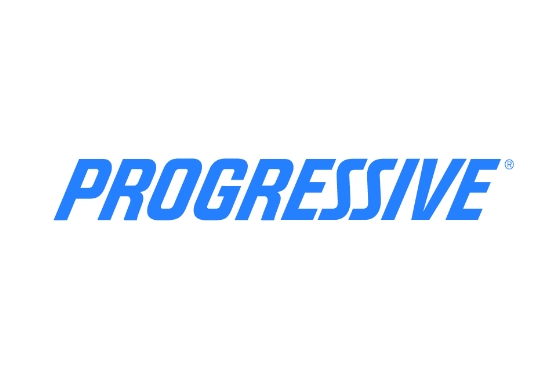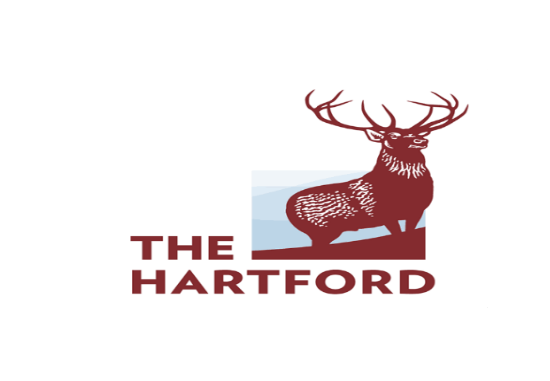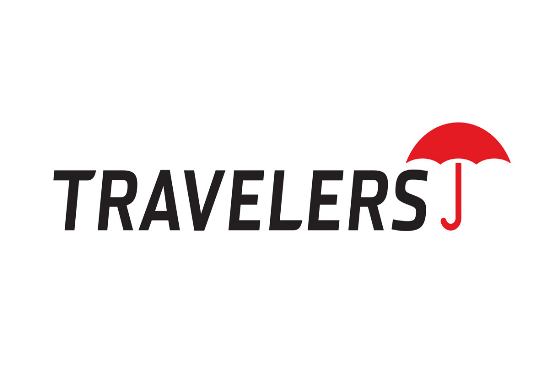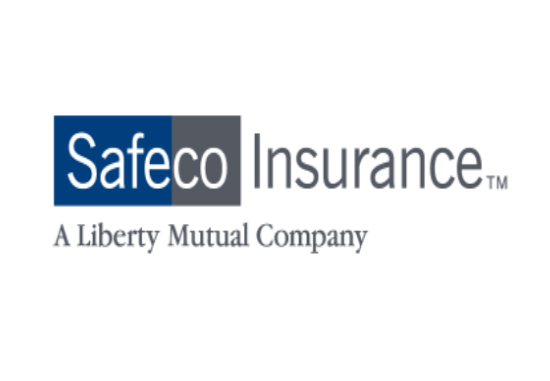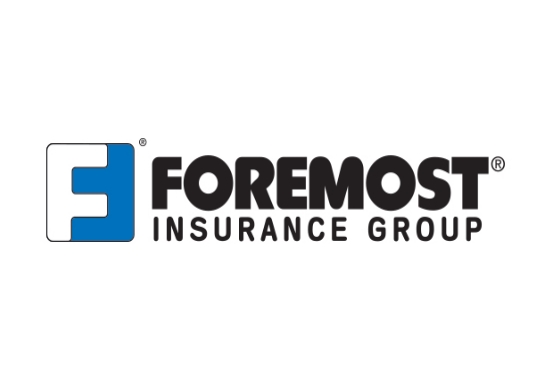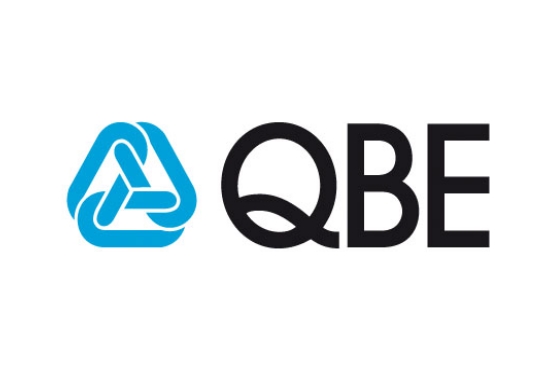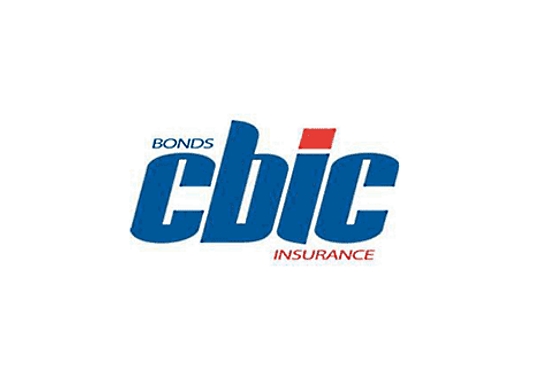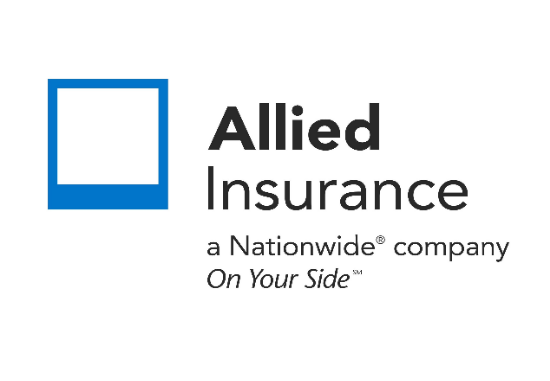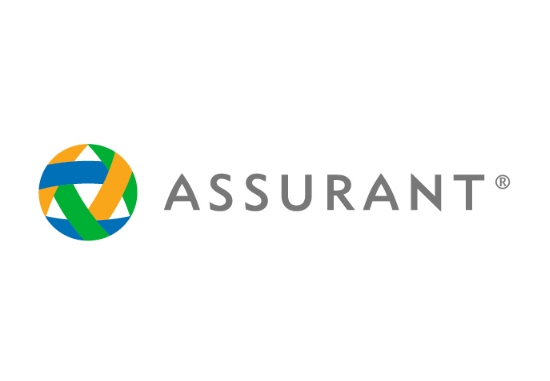Is professional indemnity insurance the same as product liability?
Professional Indemnity (PI) insurance and Product Liability insurance serve different purposes. One protects professionals who provide services or advice; the other safeguards businesses that manufacture, distribute, or sell physical products. They are not the same—each covers distinct risks, liabilities, and industries.
Key Points
Professional Indemnity insurance covers errors, omissions, or negligent advice in professional services.
Product Liability insurance covers harm or damage caused by defective physical products.
PI is relevant for consultants, architects, engineers, legal and health professionals; Product Liability is relevant for manufacturers, wholesalers, retailers.
PI focuses on financial loss, breach of duty, or professional negligence. Product Liability deals with bodily injury, property damage, design/manufacturing/marketing defects.
Policies differ in how claims must be proven: PI often needs proof of negligence or breach of duty; Product Liability can include strict liability.
Many businesses need both types if they both provide professional services and distribute products.
When businesses or individuals ask whether Professional Indemnity insurance is the same as Product Liability insurance, they often confuse them because both deal with liability risks. But they apply in very different situations, protect against different triggers, and are structured differently.
What is Professional Indemnity Insurance?
Professional Indemnity insurance—also known as PI, Errors & Omissions (E&O), or Professional Liability—protects service providers and professionals against legal claims when their work or advice fails to meet professional standards, causing financial loss to a client.
Who Needs PI Insurance?
Consultants, advisors, accountants, architects, engineers
Lawyers, medical and health professionals
IT specialists, software developers when advice or services are part of what’s delivered
Any professional contract that requires correct, accurate, timely work or design
What PI Covers
Mistakes or negligence in professional advice or services
Breach of contract, or failure to deliver promised standard of service
Errors, omissions, incorrect specifications, missed deadlines
Legal defence costs, settlements, sometimes even reputational damage
How Claims Work in PI
The claimant must generally prove that the professional owed a duty of care, breached that duty, and that breach caused financial loss.
Coverage is often claims-made: the claim must be made and reported during the policy period.
Some policies have retroactive cover to include past work if the policy was in force at the relevant times.
What is Product Liability Insurance?
Product Liability insurance protects businesses that manufacture, distribute or sell physical goods. It addresses harm or damage caused when the product is defective, unsafe, or mis-sold.
Who Needs Product Liability Insurance?
Manufacturers and producers of goods
Wholesalers, distributors, importers of physical items
Retailers selling finished products to consumers
Companies whose products have safety warnings, instructions, or labeling obligations
What Product Liability Covers
Bodily injury or property damage caused by a product’s defect
Defects in design, manufacturing, or failure to warn (marketing defects)
Claims involving products that caused harm after consumer use
Legal defence costs, settlements, recalls in some policies (if recall coverage is included)
How Claims Work in Product Liability
Depending on jurisdiction, claims may be based on strict liability, negligence, or breach of warranty.
The injured party generally needs to show defect, that product reached the user in defective condition, that there was harm, and sometimes that the use was intended or reasonably foreseeable.
Some policies include recall or coverage for product-related third-party claims.
Differences Between PI and Product Liability
| Feature | Professional Indemnity Insurance | Product Liability Insurance |
|---|---|---|
| Covers Liability For | Advice, services, errors or omissions | Physical products, defects, unsafe items |
| Type of Harm | Financial loss from professional error | Injury, illness, property damage from product |
| Proof Required | Usually negligence or breach of duty | May include strict liability, design/manufacturing/marketing defects |
| Industry Focus | Service-oriented professions | Manufacturing, retail, goods distribution |
| Typical Claims | Incorrect advice, missed deadlines, faulty designs | Defective products, dangerous equipment, mislabelled items |
| Contractual Need | Often required by clients/regulators in service industries | Often required by retailers/distributors for selling goods |
Understanding these differences helps businesses pick the right coverages—sometimes both are needed if the business spans both services and product offerings.
When Both Insurances Might Be Needed
Some businesses provide both services/advice and produce or sell physical products. In those cases:
They may need PI insurance to protect the professional advice or consulting side.
They may also need Product Liability insurance to protect from product defects or harm caused by physical goods.
Having both insurances ensures comprehensive protection across all lines of business.
Policies may offer bundles or package deals to cover both exposures.
Practical Scenarios
An engineering firm designs safety systems but also manufactures components. If a component fails and causes injury, Product Liability applies. If their design advice in planning malfunctioned, PI applies.
A healthcare device company provides medical advice and also sells devices. Faulty device → Product Liability; incorrect use instructions or professional instructions → PI.
A software company selling physical hardware along with software support: hardware defect → Product Liability; advice or error in software consulting → PI.
Common Misunderstandings
Believing that PI covers physical product harm—not true. PI is about services, advice, or errors, not manufacturing defect.
Thinking Product Liability covers bad advice—no, it usually doesn’t.
Assuming one policy covers every risk—coverage gaps happen if you assume overlap.
How to Choose the Right Cover
Review what your business actually does: Do you give advice, provide design or professional services? Do you manufacture or sell physical products?
Check policy definitions: What are “products,” “services,” “advice” and what counts as defect or negligence?
Look at exclusions: Some policies exclude recalls or warranty claims; some PI policies exclude product damage or bodily injury.
Evaluate coverage limits and deductibles; both PI and Product Liability claims can get expensive.
Ask about bundling: Some insurers offer combined or layered policies.
Summary
They are not the same. Professional Indemnity (PI) deals with professional services, advice, and negligence—financial loss caused by faults in performance of service. Product Liability deals with physical goods and harm caused by defects in those goods. Businesses often need both to protect against different liability exposures.
Fill out the form below to get quotes that match your business model—covering both your product and service risks so nothing slips through the cracks.
Related Posts
Get a Right Insurance For You
SHARE THIS ARTICLE
We will compare quotes from trusted carriers for you and provide you with the best offer.
Protecting your future with us
Whatever your needs, give us a call, have you been told you can’t insure your risk, been turned down, or simply unhappy with your current insurance? Since 1995 we’ve been providing coverage to our customers, and helping people across United States.

